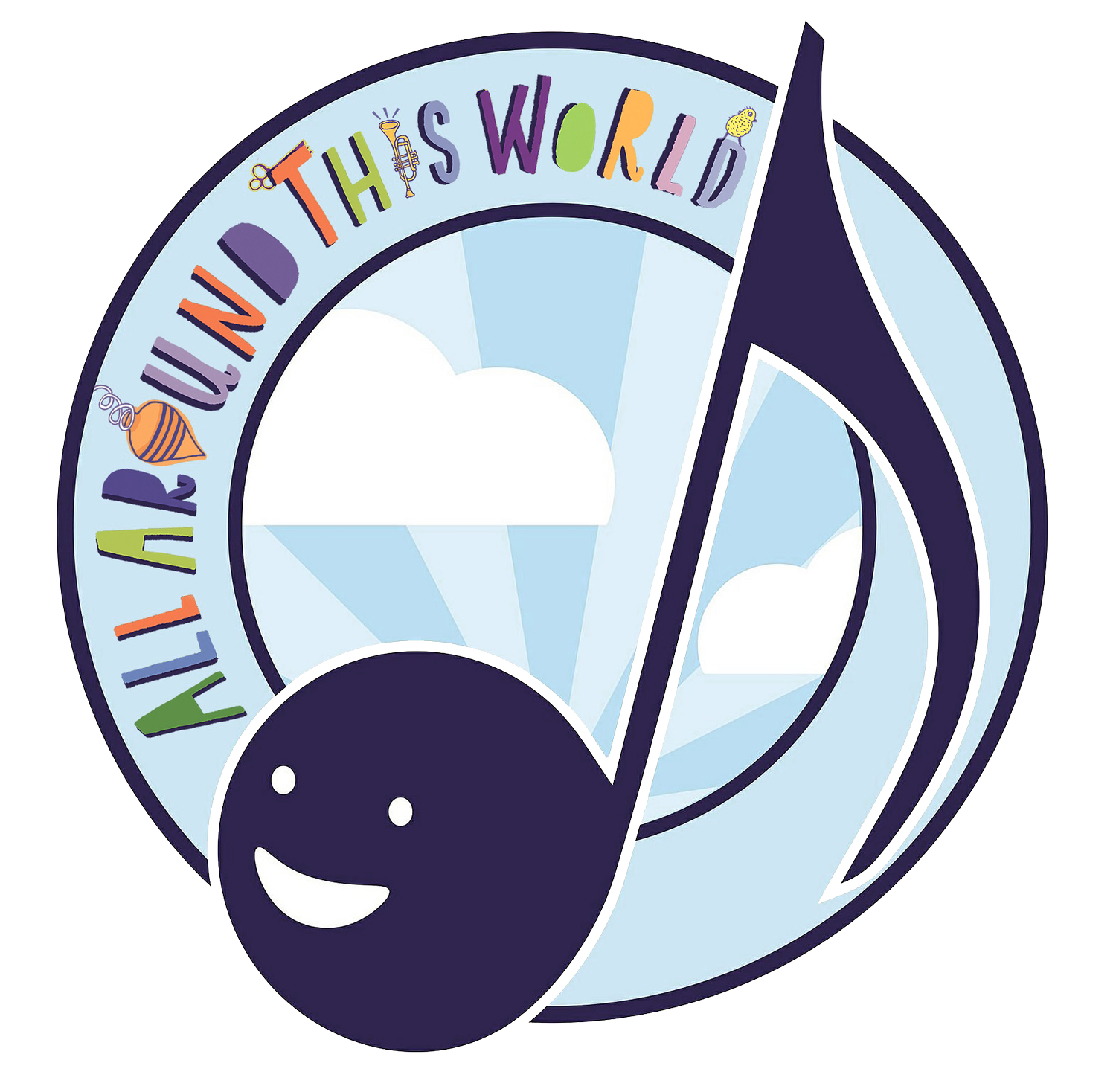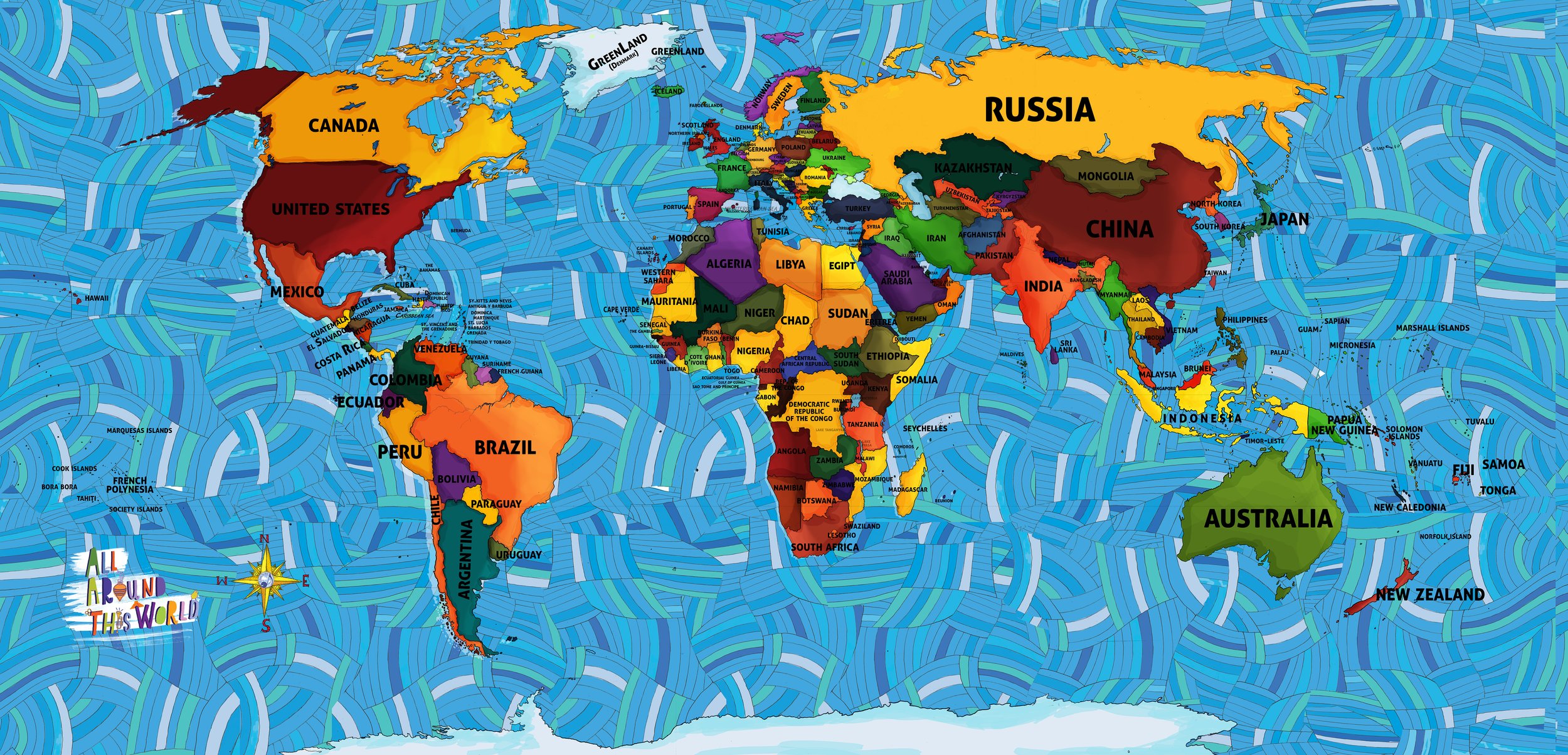AFRICA SOUTH AFRICA
The history of South Africa may be difficult for your kids to understand . . .and is, in many ways, just as hard for grownups. How could a small number of powerful people legally dehumanize a majority, based solely on the color of skin? Though the concept seems almost unfathomable today, less than a generation ago South Africa’s Afrikaner-run government’s Apartheid legally segregated the nation’s races, forcing black South Africans to live separately and entirely unequally. One can surely draw parallels with American’s own long history of segregation; still, Apartheid as a legal system didn’t actually begin until the 1940s, when the Afrikaner-dominated conservative National party came into power. Though South Africa’s first popular elections in 1994 ended formal Apartheid, the legacy of the system’s racism continues to influence the nation.
In class we try “gumboot dancing.” Isicathamiya, which is a Zulu word that means, depending who you ask, “to stalk like a cat” or “tip toe guys,” originated among 19th black South Africans forced to work in gold and diamond mines. These workers sang Christian hymns, they sang about their home villages, they sang about their difficult lives…all in a heartbreakingly harmonious a capella form that was quiet enough not to wake their nighttime guards. As part of isicathamiya the miners created a form of toe-tapping dancing called “isicathulo,” which in Zulu roughly means “gumboots.” Singers tapped their feet in a sort of Morse Code while dancing to communicate with each other down mine shafts.
IN CLASS WE…
EXPLORE AFRICA WITH…
-

-
DANCES, HOLIDAYS AND FUN!

-
THE AATW AFRICA CD

-
AATW AFRICA "MUSICAL MAP"

AFRICA
ALL AROUND THIS WORLD’S SONGS AND LESSONS
Click on the map to meet any region of the world.



